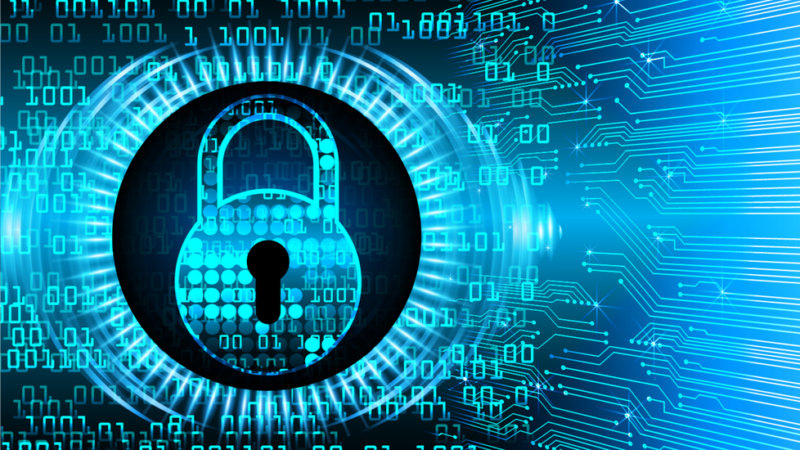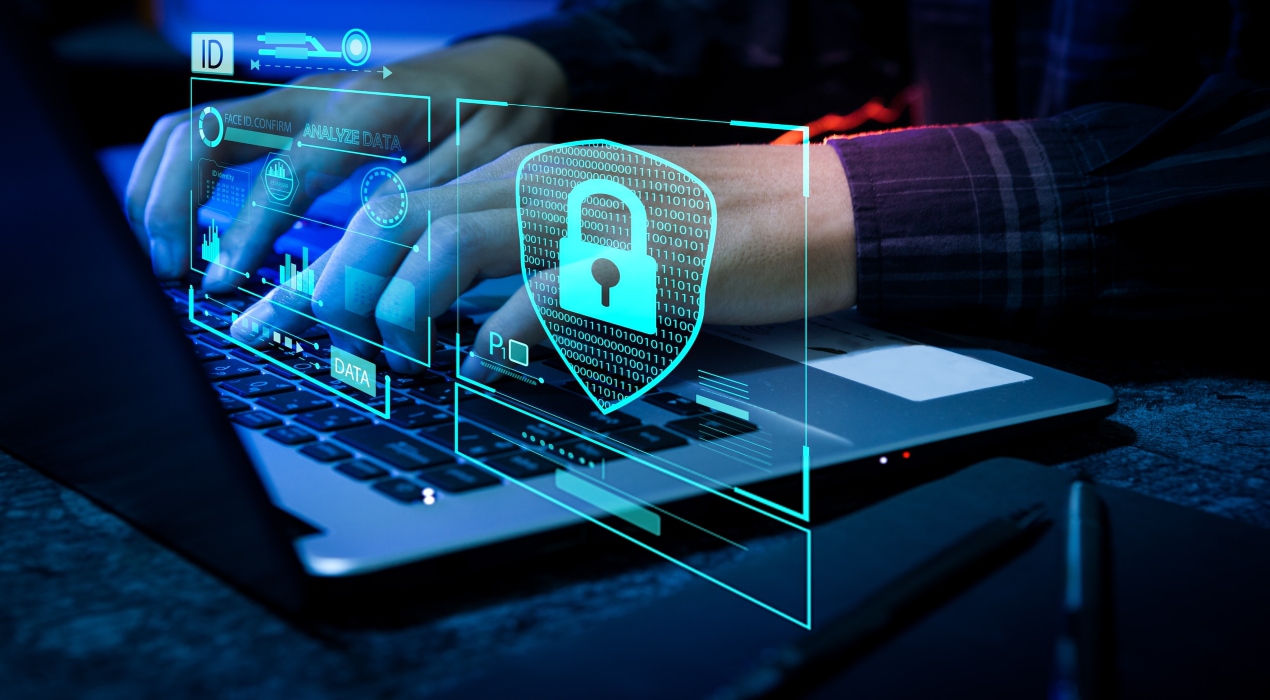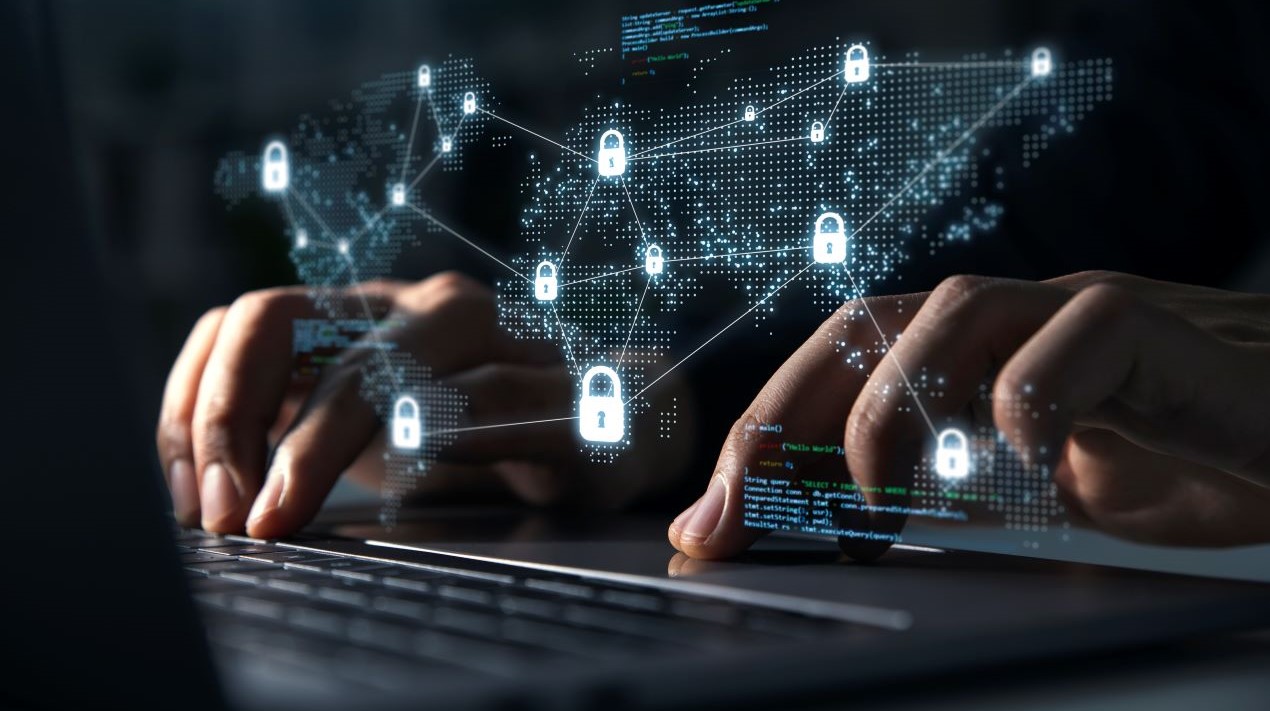
Data has become increasingly fluid, travelling constantly beyond the corporate IT perimeter on mobile devices as well as being processed on virtual as well as physical machines. And, with the uptake of public clouds and managed infrastructures, data is flowing off-premise and back as never before.
The growing adoption of an elastic cloud services model, where private data center resources expand instantaneously on demand and as needed into external clouds, delivers unprecedented flexibility, agility and clear economic benefits. There is no upfront investment in infrastructure, no waste and no delay in meeting immediate resourcing requirements while maintaining manageability.
Public clouds provide another great benefit – business continuity. If your data center suffers disruption or damage, off-premise resources can keep the show on the road until the issue is remedied. Public cloud providers themselves have invested heavily in their own business continuity and cybersecurity, creating safe, resilient environments for your business workloads. But that’s not the end of the story…



















